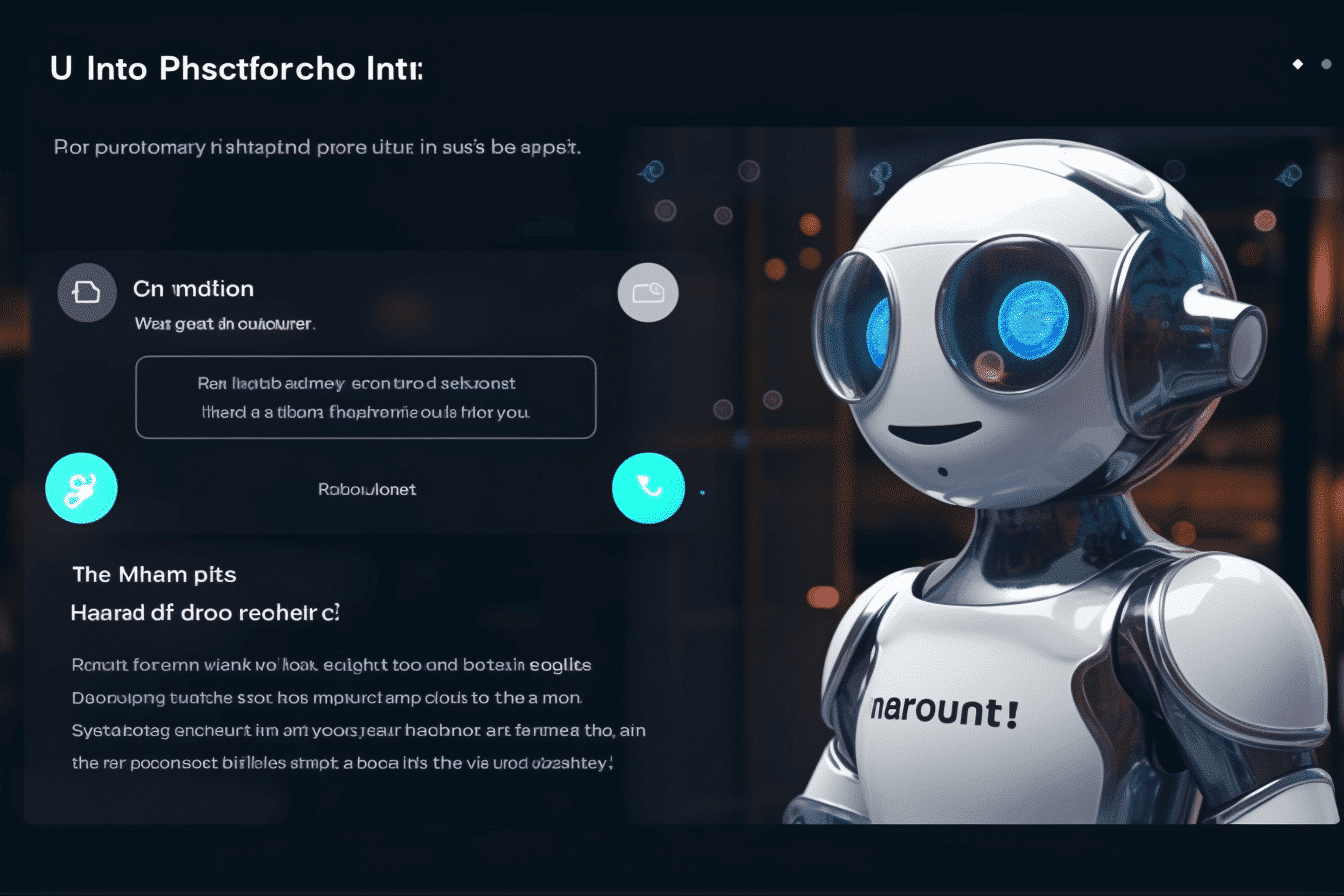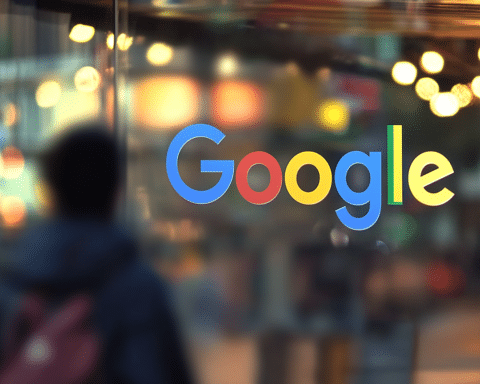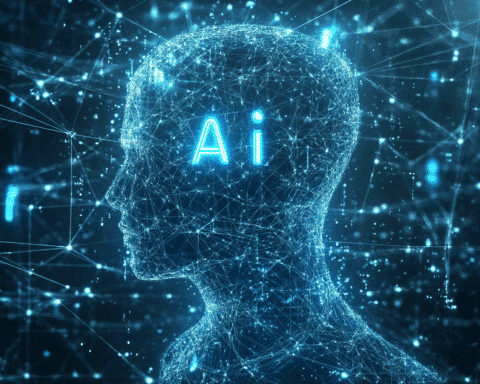The rapid advancements in artificial intelligence (AI) have revolutionized various industries, with language models like ChatGPT at the forefront of innovation.
However, a concerning issue has emerged – the problem of AI hallucination. Chatbots and large language models often generate false or made-up information, leaving businesses, organizations, and individuals grappling with accuracy concerns.
The Hallucination Problem: Prevalence and Challenges
The phenomenon of hallucination in AI language models has been acknowledged by developers and researchers alike. Companies such as Anthropic, the maker of the chatbot Claude 2, and OpenAI, which created ChatGPT, admit that nearly all models suffer from this limitation. While these models are designed to predict the next word, the rate of inaccurate predictions, or hallucinations, remains a persistent challenge.
Experts, like linguistics professor Emily Bender from the University of Washington, argue that the hallucination problem is inherent in the technology’s mismatch with certain use cases. The AI’s inability to distinguish fact from fiction poses serious implications for high-stakes applications like psychotherapy and legal brief composition.
The High-Stakes Applications and Economic Impact
The reliability of generative AI technology, including chatbots, is vital in various fields. The McKinsey Global Institute projects that AI technology will contribute trillions to the global economy. For instance, Google is already exploring AI-powered news-writing for accurate reporting, and the Associated Press is partnering with OpenAI to improve their AI systems using the AP’s vast text archive.
AI hallucination is not just a theoretical concern. Computer scientist Ganesh Bagler has been striving to get AI systems to invent recipes for South Asian cuisines, where even a single hallucinated ingredient could lead to a disastrous culinary experience.
Efforts Towards Improving Truthfulness
Recognizing the significance of the issue, companies are actively working on enhancing the truthfulness of AI language models. OpenAI’s CEO, Sam Altman, expressed optimism about getting the hallucination problem to a much better place within the next year or two. Striking a balance between creativity and absolute accuracy is crucial, and the models must be able to discern the appropriate approach depending on the context.
However, skeptics, including Professor Emily Bender, believe that even significant improvements may not completely address the problem. Language models are fundamentally designed to “make things up,” raising concerns that some failures may remain obscure and difficult to detect.
Hallucinations as Creative Bonuses
Interestingly, not all businesses perceive hallucination as a disadvantage. Marketing firms, for example, find AI-generated ideas and creative angles to be valuable contributions to their work.
Companies like Jasper AI, which collaborate with giants like Google, see potential in the continuous improvement of AI’s ability to balance factual content with creative input.
The Road Ahead: Striving for Truthfulness
Prominent figures in the tech industry, including Microsoft co-founder Bill Gates, maintain optimism that AI models can be taught to distinguish fact from fiction. However, the challenge lies in finding the right balance between creativity and accuracy.
AI hallucination remains a pressing concern for businesses, developers, and users of language models. While efforts are underway to address the issue, achieving complete truthfulness may remain elusive. As technology progresses, it will be crucial to strike a balance that ensures both creativity and reliability in the realm of AI-generated content.




